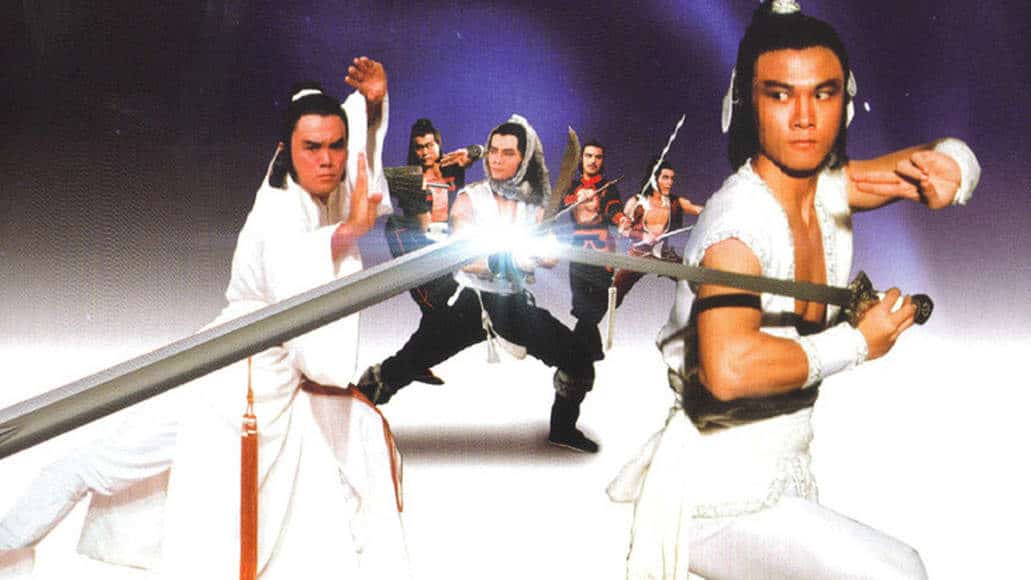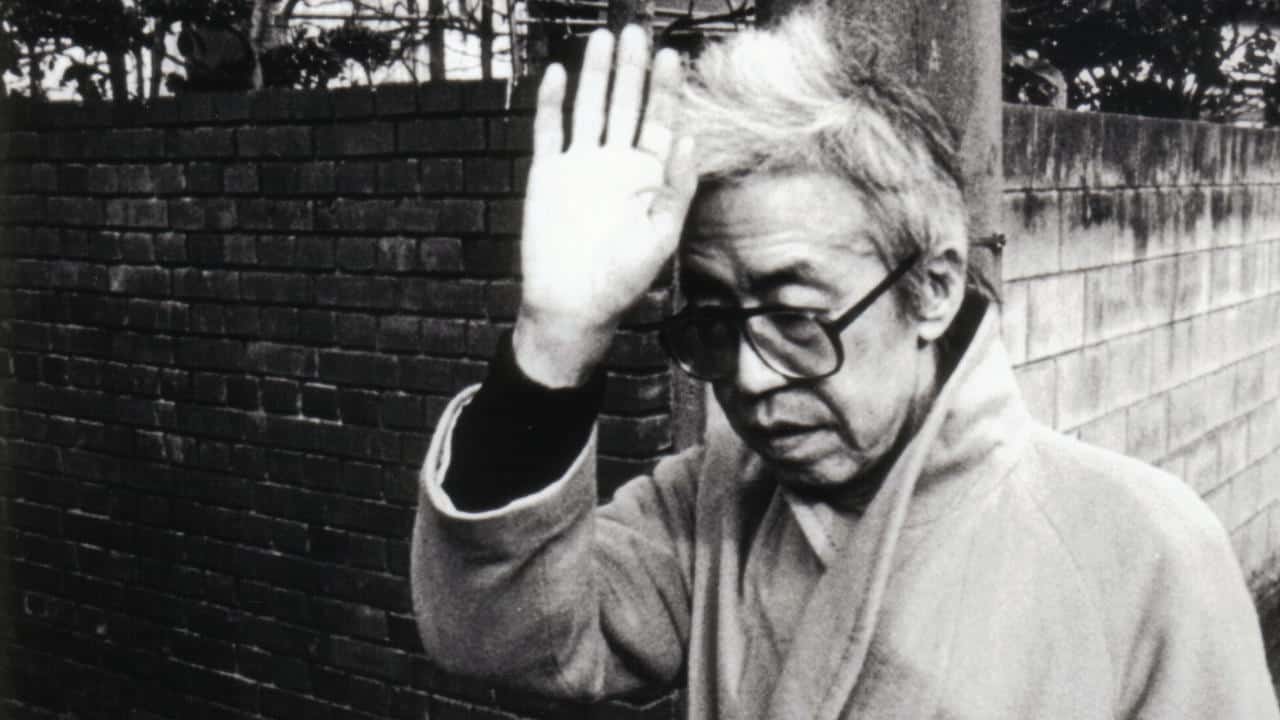Kim Ki-young may be best known in the west for his genre-defining “The Housemaid”, but that is far from his only good work. The man, essentially Korea's first true auteur, worked on many projects in his long career that still stand the test of time and are often included in several Best Of lists when it comes to Korean cinema, right alongside “The Housemaid”; projects that boast of his own unique, pioneering style which he developed along the way. With “Ieodo”, or “Io Island”, a mid-career work of his and a great example of his unique style, it is easy to see why Kim is even today considered one of the great innovators in Korean cinema, with a narrative that revels in and baffles with its complexity, in a good way of course. Interestingly, for the longest of times, “Ieodo” was unavailable to be viewed in its home country in its fully uncut version, having been subjected to harsh censorship all along its journey. Let's find out exactly what it was that the authorities found so objectionable about Kim's feature.

The legend on the remote island of Parang near Jeju goes that once the men on the island father a child, the near mythical island Ieodo (literally, Io Island) calls for their soul and one way or another, the male meet their death. Seon Woo-hyeon, the marketing manager of an upcoming resort in Jeju decides to name the resort after the mythical island and decides to take the shareholders and journalists to the place that the resort is going to be named after. However, when a journalist Cheon Nam-seok finds out the destination, he refuses to let the boat reach the destination out of fear. Seon Woo-hyeon invites him to a drinking session to bond with and reason with the journalist, following which Cheon disappears. The suspicion of murder falls on Seon, who decides to head to Parang to figure out Cheon's story and in turns, finds a matriarchal society dictated by folklore, superstitions and shamanic rituals.

What starts off as a whodunit quickly evolves into something much more, as Seon arrives onto Parang for the first time and starts to unravel the mysterious story of Cheon Nam-seok. Here, the narrative starts to introduce several surprisingly dense themes. As often in Kim's films, he once again delves into gender roles once the protagonist arrives on this island inhabited merely by women. Through this, he also points a finger at strict marital system within Korean society and the way the patriarchal society adheres to it, even on the otherwise matriarchal community on the island. Toxic industrial waste actively ruining nature is also a theme that finds itself within the narrative. The way the story incorporates folklore and shamanism is particularly fascinating, which in turn gives way to some supernatural elements, a rarity for Kim Ki-young.
Kim's pioneering style of filmmaking is all over this production, right from its narrative style to its technical merits. The narrative is based on a namesake novel and as a rarity and a landmark for its time, is told in flashback for most of the feature's runtime while never losing sight of the story that sets the tale in motion. Jeong Il-seong's cinematography is also captivating for several reasons. Where it makes the most of the island setting for some stunning wide-angle and zoomed-in shots of the sea, the rocky terrain by the seaside, the green slopes of the hills with the tall grass dancing about in the howling winds, the indoors are often shot uniquely. The majority of the frame goes mostly dark, with another door or window forming a frame within the frame, which is illuminated by the light in the other room. This is specifically used in scenes when two people are arguing with each other, effectively trapping them with each other in the room. Elsewhere, Han Sang-ki's music is comprised mostly of classical instruments, with the “Ieodo” song sung by the women of the island leaving a haunting effect.
“Ieodo” does leave a bit to be desired in the acting department, but one can forgive that given the feature's age. Kim Ki-young's muse Lee Hwa-si makes her first appearance in his filmography here as the barmaid Seon meets on the island, who seems to have an intricate connection to Cheon's story. Kim's camera loves her, even if she doesn't seem to have learnt to love it back just yet. Regardless, she maintains a mysterious and sensual aura about her throughout. The Alain Delon-esque Kim Jung-chul goes about the feature's runtime calmly, letting the women around him take centerstage, which also includes Kwon Mi-hye's widowed Mrs. Park, a woman who loves and swears to keep Cheon Nam-seok by her side at all costs.
If you saw actress Youn Yuh-jung pick up her historic Academy Award earlier this year, you may recall she made a point to thank director Kim Ki-young, calling him “a genius” in the process. Even before “Ieodo” reaches its incredible, unbelievable climactic scene, a scene so shocking in its placing and execution and one that catches you complete unawares and shocks with its explicitness, it is evident to see why Youn, and several more before her, have called him many iterations of that word. “Ieodo” quite easily and deservedly earns its place in the history of Korean cinema and among the finest of Kim Ki-young's works.














